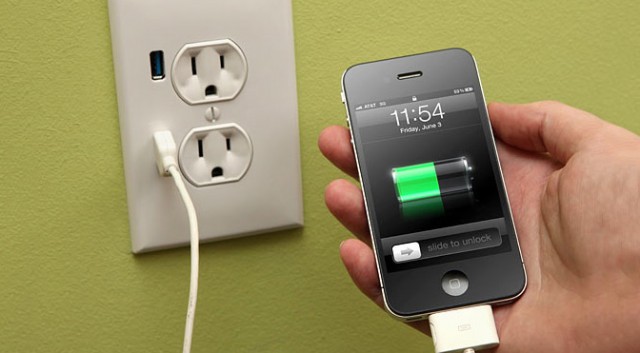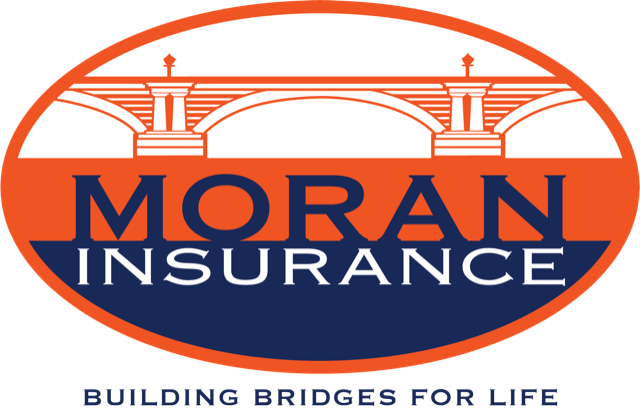
Lithium ion batteries are common in many consumer devices such as smartphones, laptops and tablets, providing a boost of power in a small size. However, the increased power also means a greater risk of overheating and fire because more energy is directed into a smaller space.
While a number of overcharge protection features are built into these batteries and devices, proper storage and charging are critical to preserve battery life and to minimize exposure to overheating and fires.
UNAPPROVED CHARGING DEVICES
One major hazard is using a non-manufacturer-approved charging device with your phone, tablet or laptop. Cheap generic chargers are easy to find at convenience stores or as giveaways at conventions or other events. It’s tempting to use generic chargers if you lose or leave behind the cord that came with your device. While generics may be compatible with your phone or tablet, compatible doesn’t mean safe.
Different devices require different levels of charge. A generic device runs the risk of putting too much charge into a device, causing the battery to overheat. Manufacturer-approved chargers are less likely to run this risk because they are made specifically for their own devices.
BATTERY FAILURE
Overcharging is not the only cause of battery failure that can result in fire. Also be aware of:
- External heat, such as leaving a smartphone in the car on a hot day
- Mechanical abuse, such as dropping or denting the phone
- Manufacturing defects, such as those that made the news for causing fires, resulting in product recalls
TIPS TO STAY SAFE
In addition to using the manufacturer-provided charging cord, follow these tips when you store and charge portable electronic devices:
- Never charge devices overnight. While most portable devices are designed to stop charging once the battery is full, a fire could occur if the charger overheats.
- Place the device being charged on a hard flat noncombustible surface to allow for adequate ventilation.
- Don’t place laptops, tablets or cellphones unattended on couches or beds or in areas where they might overheat and come into contact with flammable materials.
- Inspect chargers for wear or damage. Frayed or damaged cords should be discarded immediately and replaced to prevent sparks and fires.
- Charge devices in short bursts rather than for extended periods. Former recommendations to fully deplete batteries and then charge do not apply to lithium ion technology.
- Remove the charger from the outlet when not charging. A charger left plugged in is still drawing electricity from the outlet, and a fire can occur if a wire short circuits or contacts water.
- Shut off battery-powered devices when not being used.
http://blog.cinfin.com/2017/02/07/fire-prevention-charging-devices/


